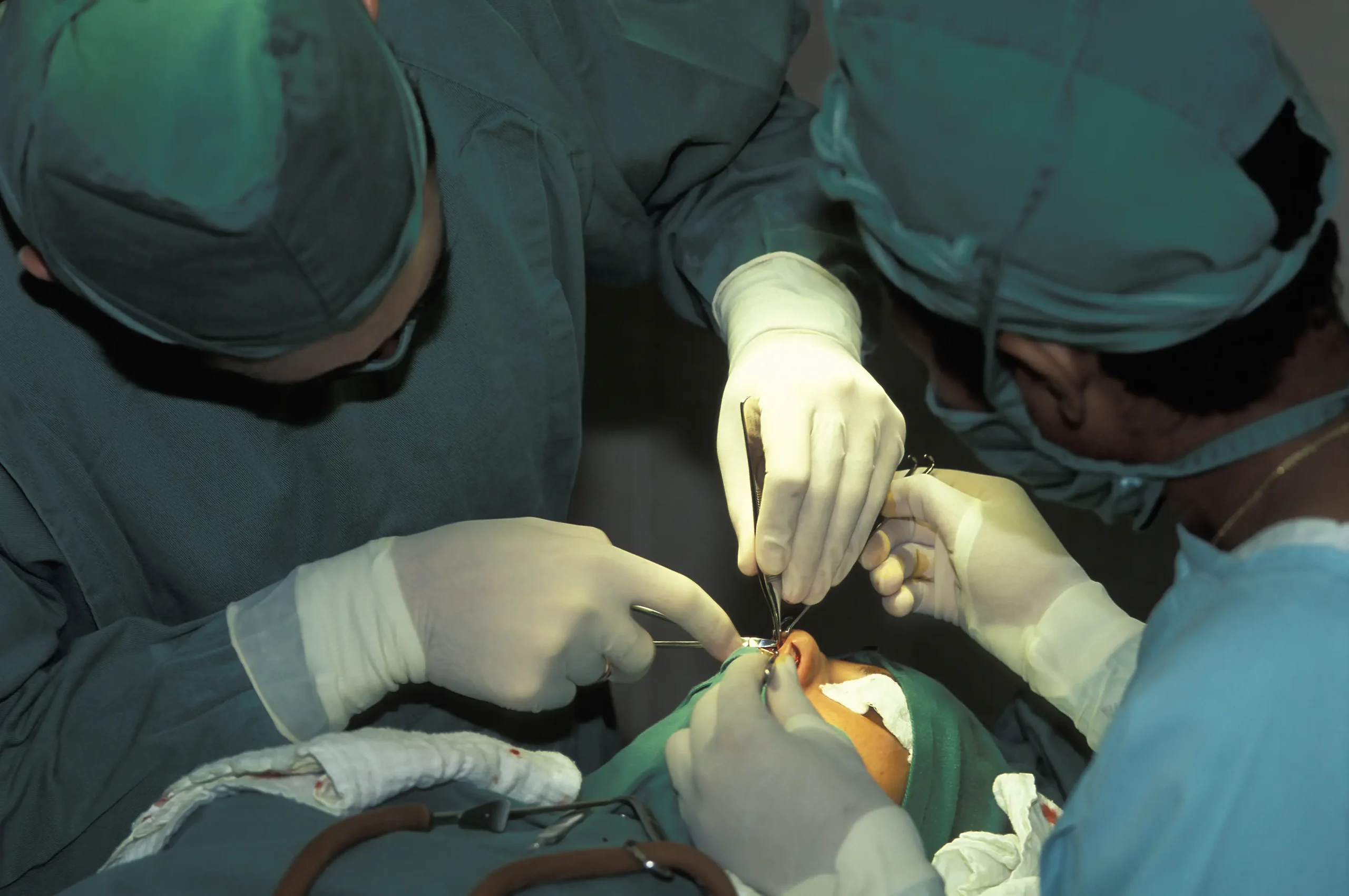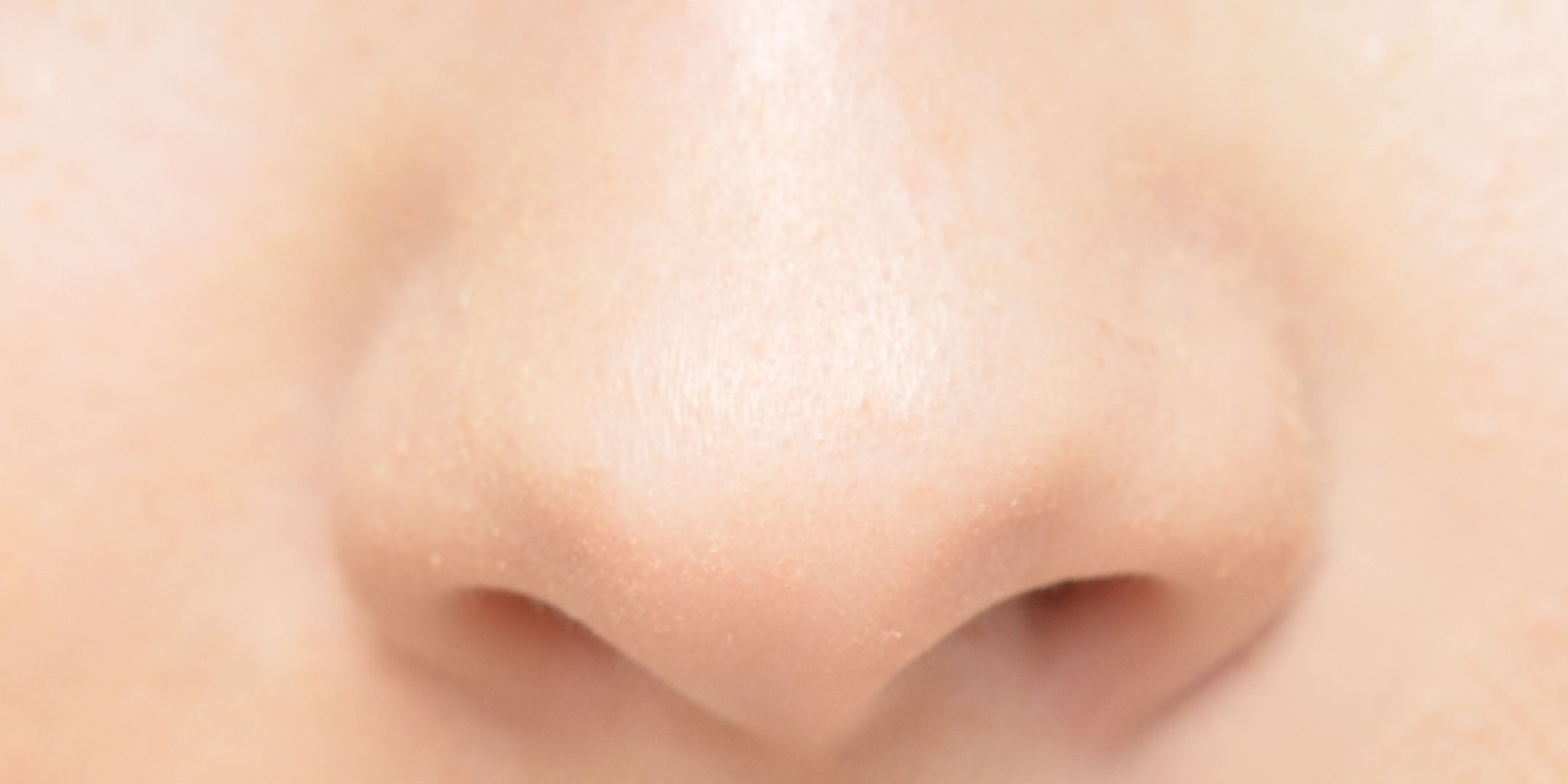- Rhinoplasty surgery is performed to correct functional or cosmetic issues of the nose.
- Open rhinoplasty is a technique that involves making an external incision at the base of the nose.
- Many surgeons believe that open rhinoplasty provides better results than closed rhinoplasty.
Plastic surgeons have different opinions and preferences on the choice of open or closed rhinoplasty.
Open rhinoplasty has maintained wide popularity among surgeons because it allows a clearer view of and access to the structures within the nose. However, some will argue that it involves a longer recovery time, visible scarring, and a greater potential for complications.
Here’s what you need to know about this common approach to nose surgery.
What is rhinoplasty?
Rhinoplasty dates back thousands of years, all the way to ancient Egypt. Although the procedure has changed considerably over the centuries, the goal remains the same: to reshape and improve the appearance of the nose and correct any underlying dysfunction.
Modern nose surgery techniques can be divided into two main approaches: open rhinoplasty, which involves a surgical incision on the exterior of the nose, and closed rhinoplasty — also known as endonasal rhinoplasty — during which all of the surgical incisions are performed inside the nostrils.
Rhinoplasty is commonly performed to bring aesthetic aesthetic improvements to the following areas:
- The size, shape, and symmetry of the nose in relation to the rest of the face
- The proportion or size of the nostrils
- The width of the bridge or the nostrils
- The profile of the nose or the curvature of the nasal tip
Several types of nose injuries and disorders are also corrected through rhinoplasty surgery:
- Trauma caused by a burn or fracture
- Inborn conditions, such as a cleft lip and palate or a congenital deviated nasal septum
- Damage to nasal structures caused by the inhalation of illicit drugs
- Medical conditions, including cancer, infections, and inflammatory conditions
The ideal candidate for rhinoplasty is a non-smoking adult in good overall health. Patients undergoing any type of plastic surgery should be evaluated prior to any procedure to assess their psychological state and to help establish realistic goals for outcomes.
What is open rhinoplasty?
Open rhinoplasty is performed by making an incision in the bridge of tissue that separates the nostrils at the base of the nose, also known as the columella. This incision allows the surgeon clearer access to the internal structures of the nose, which is believed to produce better results for the patient.
Open rhinoplasty is generally recommended in situations where patients display the following characteristics:
- Thick or thin nasal skin
- Septal perforations or a deviated nasal septum
- Cleft lip and palate involving the nose
- Nasal tumors
- Failure of an earlier rhinoplasty procedure, whether open or closed
- Internal dysfunction of nasal structures
- Extensive augmentations to the various structures of the nose, especially internally
Proponents of open rhinoplasty typically cite superior results as the primary advantage of open rhinoplasty. Because the columellar incision allows better visualization and access to the internal structures of the nose, the plastic surgeon can make more precise modifications.
There are, of course, drawbacks to any surgical procedure, especially one that involves more incisions:
- Open rhinoplasty surgery and recovery can take longer than a comparable closed procedure.
- Incision of the columella can also leave a visible scar, although the incision site can typically be hidden and scarring is unusual.
- Columellar incision can lead to postoperative swelling and numbness of the nasal tip.
Experts debate: open vs closed rhinoplasty
As with any medical procedure, plastic surgeons do not always agree about which technique is superior and preferable.
Dr. Douglas H. Harrison, a plastic surgeon practicing in London, England, published an article in 2013 explaining several closed techniques that could be utilized in place of open rhinoplasty.
His preference is for closed rhinoplasty over open rhinoplasty, whenever possible:
“There is no intrinsic reason to avoid the open approach but it is more invasive requiring a wider dissection, cartilage grafts are used more liberally, and it tends to make the operation longer even in the best of hands.”
Other plastic surgeons prefer the open technique. Dr. Randal D. Haworth, a board-certified plastic surgeon practicing in Beverly Hills, CA, published a detailed comparison of the two procedures on his website. “I am frankly surprised and amused that in 2017, some plastic surgeons still insist that the closed technique, when ‘performed properly’, provides equal or even superior results to those obtained with an open one,” he states.
In Dr. Haworth’s opinion, surgeons who “support their contention that the closed method is superior” may be unaware of recent open rhinoplasty techniques that improve upon those used by expert surgeons decades ago.
“The best results from these old Masters do not parallel those obtained from top rhinoplasty surgeons today. Whether you like it or not, progress is inevitable and the new masters of today produce better results than the masters of yore,” he concludes.
» If you are considering rhinoplasty, you should consult with our medical review panel and determine which procedure is best for you.









